Before the rise and fall of Nokia as a mobile phone industry giant, this renowned Finnish company used to produce a whole bunch of disparate goods.
TVs, PCs, and other electronics sold by Nokia before cellphones are not really surprising. You’ve also likely heard of Nokian Tyres. But what about rubber boots and toilet paper?
Keep on reading to discover Nokia’s epic journey from a roll of toilet paper to the indestructible Nokia 3310 and beyond.
Nokia’s Origin: Starting With a Clean Sheet of Paper
The legendary Nokia 3310 was the early 2000s’ ultimate tool. It would call, it would text, it would hammer in some nails for you, or it could be your self-defense weapon of choice. It could (allegedly) survive a 9.5 earthquake, a 1,700-foot tsunami, and/or a 50 megatons nuclear blast. So that you could soothe your nerves with a few Snake II play sessions amid the surrounding wasteland (if you make it).
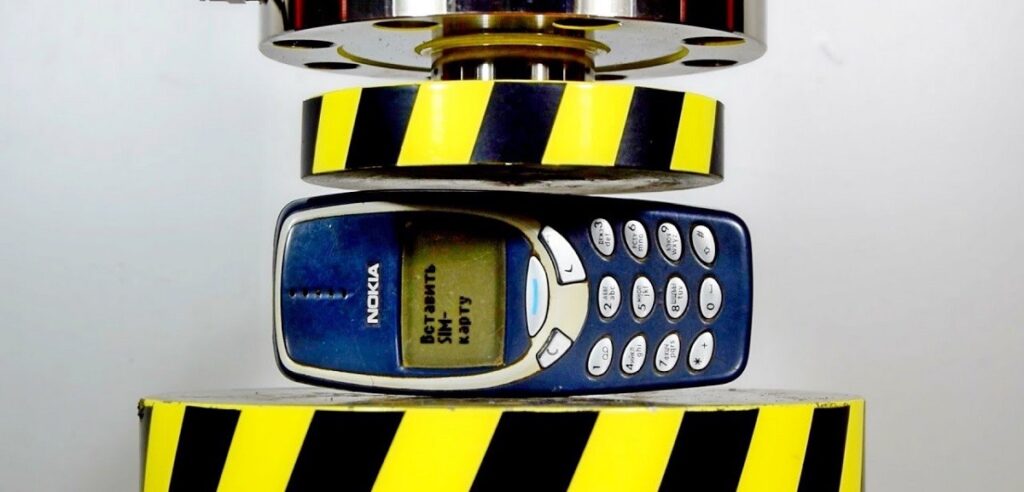
Nokia has come a long way toward this pinnacle of cellphone evolution. It all started with a clean sheet of paper. Literally.
Nokia’s history humbly began in 1865. It was founded as a single and simple paper mill. Yet, it was probably a good one as the business expanded with the second mill opening in 1868. It was built in the Finnish town of Nokia, hence the name of the brand.
20th Century Flux: Try Walking in Rubber Shoes
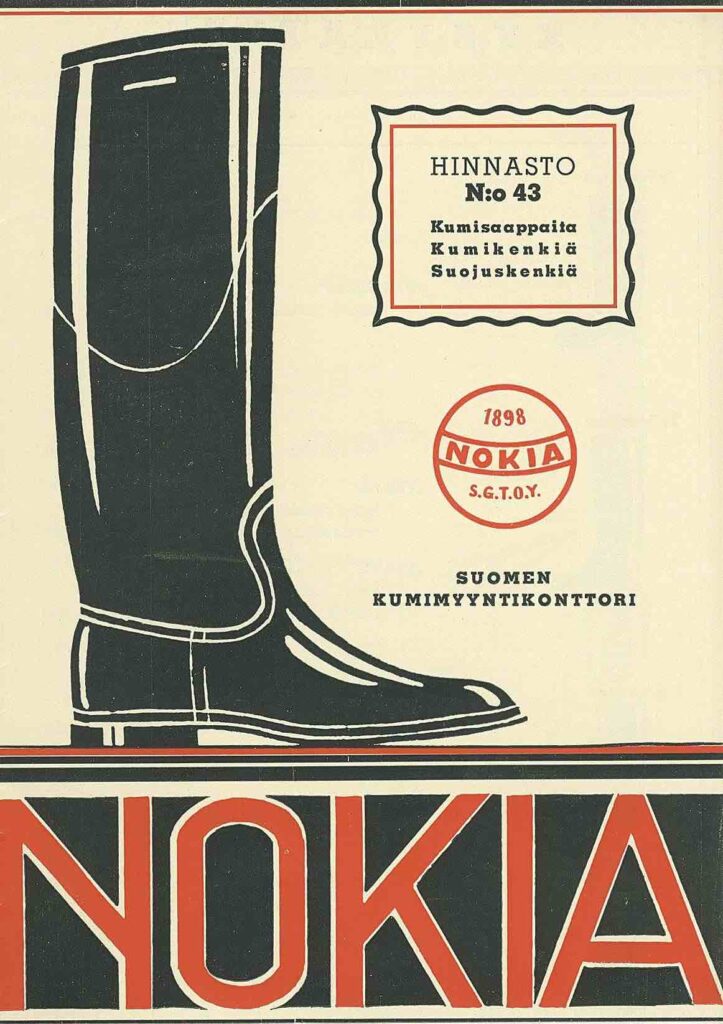
In the early 20th century, Nokia began to diversify its operations. Electricity generation was the first field it expanded to, which happened in 1902.
A couple of decades later, Nokia leveraged its electricity supply to produce an array of rubber goods such as boots or, later, car tires with continuous success.
Nokia kept on expanding by merging with other companies in the later 20th century. It became a major player in the electronics market with its televisions, computers, military and telecommunications equipment, and whatnot.
Nokia Goes Mobile, and the World Follows Along
Nokia’s 20th-century journey was epic in any case. But the real breakthrough happened in 1992 when the Finnish brand launched the first Nokia mobile phone, the Nokia 1011.
The first-ever Nokia phone was such a big success that the company decided to sell off all its divisions but the mobile one.
By 1998, Nokia became the world’s largest mobile phone manufacturer and dominated this industry for over a decade.
Nokia on Top of the World: the Glorious 2000s
Throughout the 2000s, Nokia continued to release a series of iconic and innovative mobile phones.
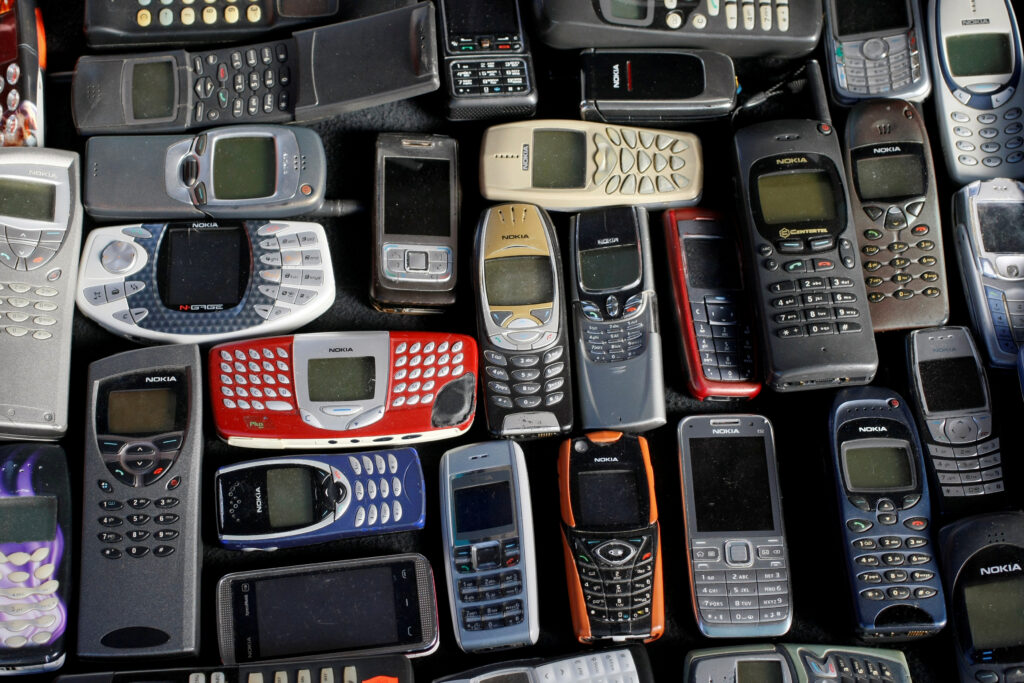
The Nokia 3310, released in the year 2000, was one of its most famous models. Known for its sturdy build and long battery life, the Nokia 3310 became a cultural phenomenon immortalized by memes. Its popularity was largely due to the simplicity of its design, user-friendly interface, and the addictive game Snake II, which provided endless hours of entertainment.
During this period, Nokia’s dominance in the mobile phone market seemed unassailable. Nokia’s early models and later phones, characterized by their durability and reliability, became the go-to choice for millions of users around the globe.
Not So Smart: Nokia’s Downfall in the Smartphone Era
Sadly, the brand that achieved massive success through multiple successful business pivots, didn’t make another shift on time. It missed out on the rise of smartphones in the 2010s, and it was a costly complacency.
Touch-screen technology, app stores, and internet connectivity revolutionized the mobile phone landscape, and Nokia struggled to keep pace.
The Finnish company tried to enter the smartphone market with its Symbian operating system and later with the Windows Phone platform. Yet, it failed to gain the traction needed to compete with Apple’s iPhone and Android-powered devices. The lack of a compelling app ecosystem, coupled with a slower pace of innovation, saw Nokia’s market share decline abruptly.
Nokia Today: Still Connecting People
In 2014, Nokia’s Devices and Services division, responsible for its mobile phone business, was acquired by Microsoft. With this move, Nokia shifted its focus away from consumer mobile devices and redirected its efforts toward telecommunications infrastructure and technology licensing.
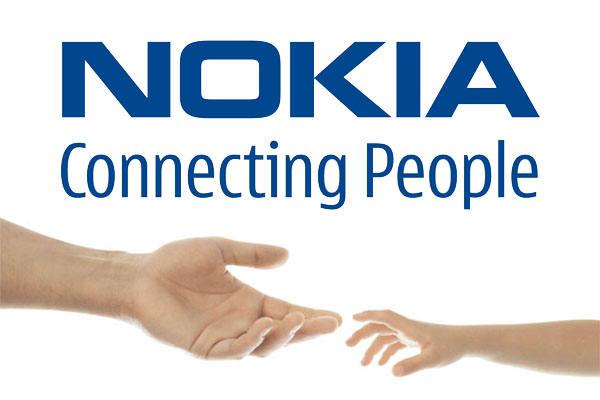
In recent years, Nokia has found renewed opportunities in the telecommunications infrastructure sector. It provides equipment and services for the deployment of 5G networks and beyond. While the company is no longer a prominent force in the consumer mobile phone market, it continues to contribute to the advancement of global communications technology.
The Legacy of the Nokia Mobile Phone History
The fall of Nokia as a dominant player in the mobile phone industry was a sobering reminder of the ever-evolving nature of technology markets. It showcased the importance of continuous innovation and the need to adapt to changing consumer preferences and technological trends. Nokia’s decline also highlighted the significance of ecosystem development and the role of software and apps in shaping the success of modern mobile devices.
Nevertheless, Nokia phones’ history left a hell of a legacy. The brand’s early models, including the Nokia 3310, hold a special place in the hearts of many mobile phone enthusiasts who fondly remember their first Nokia device. The durable and reliable nature of these early phones is a testament to Nokia’s commitment to quality craftsmanship.
In conclusion, the rise and fall of Nokia stand as a remarkable chapter in the history of the mobile phone industry. From its humble beginnings as a paper mill to becoming the world’s leading mobile phone manufacturer, Nokia’s journey is a story of adaptability, innovation, and eventual challenges in the face of relentless technological progress.
Discover More Amazing Business Pivots
Nokia’s history is a great example of pivots in entrepreneurship, but not the only one. Did you know that Play-Doh was originally used to clean wallpapers and YouTube was designed for online dating? Discover many more wow-worthy business pivots by major brands here.
FAQ
How did Nokia start out?
Nokia began operating as a paper mill in 1865.
What was Nokia’s first product?
Since Nokia was originally a paper mill, toilet paper was one of its first products.
What other products did Nokia produce before mobile phones?
Before Nokia’s cell phone history, the company produced a diverse range of products beyond paper. Some of the products that Nokia manufactured before venturing into mobile phones included rubber boots, tires for various vehicles, and electronics such as portable radios and audio equipment, TVs, PCs, telecommunications and network equipment.
How did Nokia rise to prominence in the mobile phone industry?
Nokia’s rise to prominence in the mobile phone industry began with its strategic entry into the market in 1992, launching its first-ever mobile phone, the Nokia 1011. Recognizing the potential of mobile technology, Nokia focused solely on mobile phones and sold off other divisions. It became the world’s largest mobile phone manufacturer by 1998.
What were the factors that led to Nokia’s downfall in the mobile phone market?
Nokia’s downfall in the mobile phone market can be attributed to its failure to keep up with the rapid rise of smartphones and touch-screen technology. While competitors like Apple and Android-powered devices introduced innovative features and app ecosystems, Nokia struggled to adapt and lost market share due to a lack of compelling offerings.
What was the significance of Nokia’s early models, like the Nokia 3310?
Nokia’s early models, such as the Nokia 3310, hold significant importance in the history of mobile phones. These devices became iconic for their durability, reliability, and user-friendly features, earning a special place in the hearts of many mobile phone enthusiasts.
What shift in focus did Nokia make after its mobile phone business declined?
After its mobile phone business declined, Nokia shifted its focus away from consumer mobile devices. In 2014, Nokia’s Devices and Services division was acquired by Microsoft, leading the company to concentrate on telecommunications infrastructure and technology licensing.
Does Nokia continue to play a role in the technology industry?
Yes, despite its decline in the mobile phone market, Nokia has found new opportunities in the telecommunications infrastructure sector. It provides equipment and services for the deployment of 5G networks and beyond, contributing to the advancement of global communications technology.

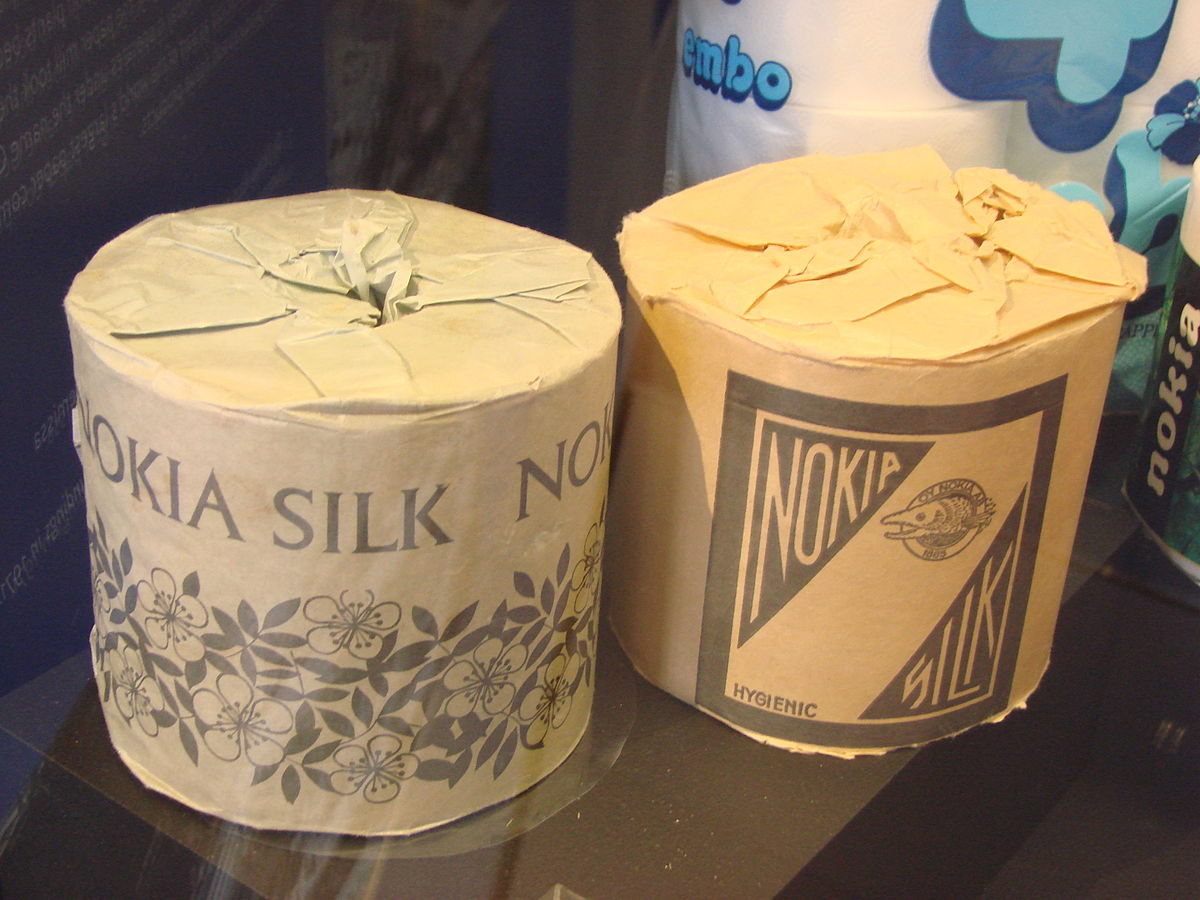
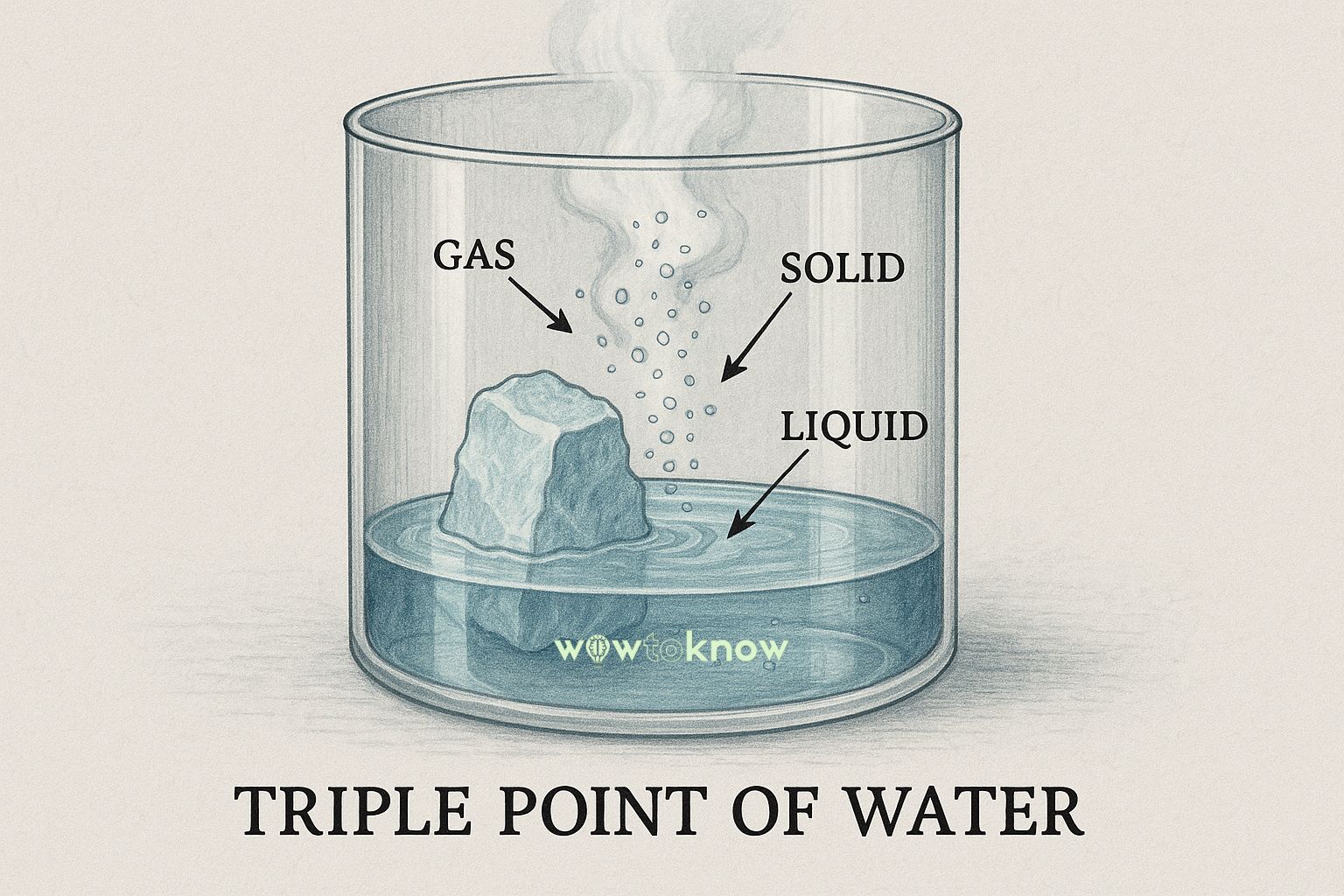





[…] the way, did you know that Nokia used to sell toilet paper and rubber boots before mobile phones? But that’s another […]